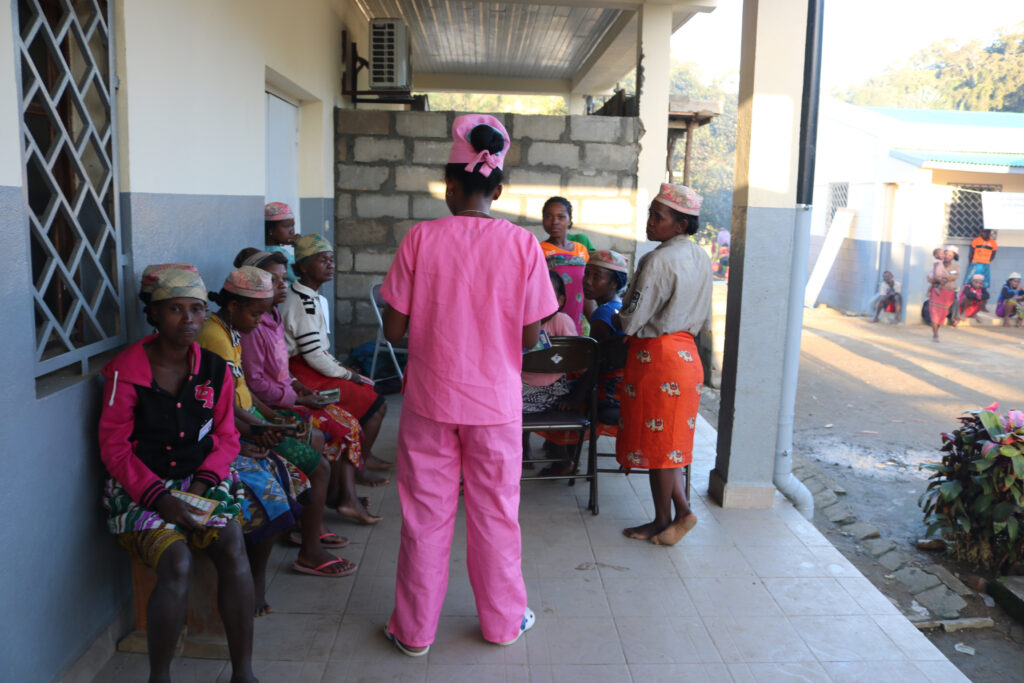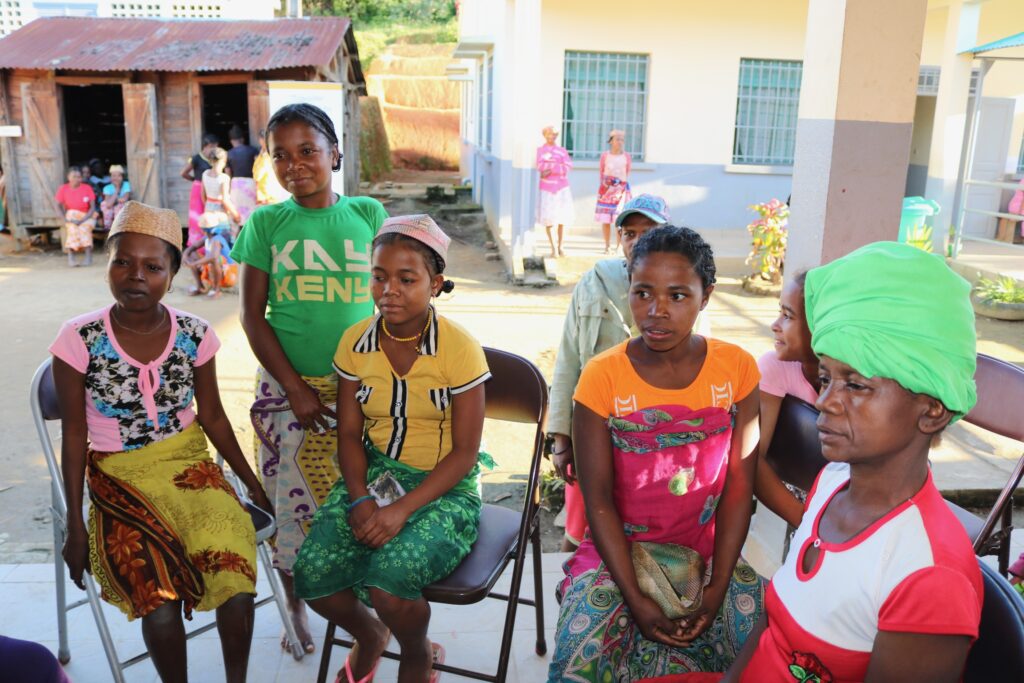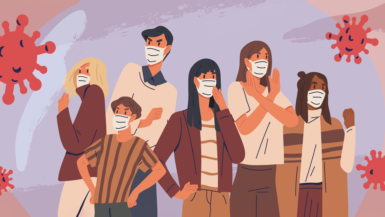At Operation Fistula we’re on a mission to end obstetric fistula for every woman, everywhere. One of the biggest challenges we face in our work is that most people have never heard of obstetric fistula. In fact, we often describe it “the worst thing you’ve never heard of.”
Obstetric fistula is a devastating injury that occurs during childbirth when women, usually in isolated regions of countries with very limited health infrastructure, experience obstructed labor and can’t access to the medical care they urgently need. The trauma of their long labor causes tissue death, and leaves the woman with a hole through which urine or feces (or sometimes both) leak uncontrollably.
This is obstetric fistula. It’s an injury that’s little-known in high-income countries – thanks to the high-quality healthcare and emergency obstetric interventions available. Yet, this terrible condition affects approximately 1 million women in the world’s poorest countries, and persists because the systems that should be helping these women and girls are broken.

How can data help?
Operation Fistula is working to end obstetric fistula by building models of care that can serve and reach every woman living with fistula. Technology plays a critically important role in helping us hit our ambitious targets. We have created a tech stack to manage our work, using the platforms of our incredible partners, like Exasol and Tableau.
One of our tools is GOFAR – the Global Obstetric Fistula Automated Registry. This data collection tool provides a shared measurement system for the multiple organizations and individuals working to end fistula. The data collected gives us the ability to improve coordination, collaboration, and quality in the work to end fistula.
We also use data to map the diverse system failures that contribute to the development of fistula. By collecting and aggregating data using Tableau software, we can visualize the places where the burden of gender inequality is most extreme. By using data and data visualization to understand how the system contributed to each fistula developing – how medical, social, and cultural systems conspired to create and sustain this devastation – we can come to understand precisely where change is most urgently required. Not only does this allow us to map the factors that perpetuate fistula, but it also enables us to drive collaboration, advocacy, and action to end other forms of extreme gender inequality.
Using these technologies and other cutting-edge data collection tools, we’ll continue to bring an unprecedented degree of transparency to the social impact sector, and work to drive progress and improvements in global maternal health.
Our approach works.
In 2020 we funded treatment for almost 7x more women than we had been able to help in 2019, and we’re well on the way to growing that impact further in 2021. In Q1 of this year, we onboarded 62 additional surgeons, across 17 countries, and throughout every facet of this work we’re collecting and using data to drive insights and impact.

How the data community is making a difference
In March 2020, on International Women’s Day, Operation Fistula launched Viz5 – a data visualization movement and community created to raise awareness of extreme gender inequality and catalyze action to end it.
Led by Operation Fistula, and with support from visualization communities like MakeoverMonday and the Tableau Foundation, Viz5 has evolved into a vibrant movement that spans the globe. The project has had over 1,750 participants, who’ve collectively produced more than 2,800 data visualizations, generating over 200,000 views.
We’re staggered by this accomplishment and want to thank each and every member of the Viz5 #DataFam that has taken part so far!
It’s been an honor to collaborate with the #DataFam and Tableau communities over the past year and we’re excited to continue working together to build a better – more equal – world.
Looking ahead
Now, more than ever, Operation Fistula is dedicated to ending fistula for every woman, everywhere. However, we know we can’t do it alone. Our vision of a fistula-free world is only possible if we collaborate with other NGOs, multi-laterals, governments and policy makers to deliver the change that will enable us to build a more equal world for all.
To keep pushing towards the 2030 Sustainable Development Goals, we are going to diversify and expand the existing Viz5 community beyond MakeoverMonday, to reach more of the #DataFam. We will also be inviting a larger group of NGO partners and organizations to contribute and take part in the work to visualize gender equality.
We’ll be digging into more complex data over longer time periods, to shine a light on a wide range of themes linked to gender inequality. If you want to join our community and help make a difference sign up to join the Viz5 community today!










